The content of the article
- 1 What is a limescale
- 2 How to use special detergents
- 3 How to remove limescale from tiles
- 4 How to clean the ceramic bath and toilet
- 5 Clean the cast-iron bath from limescale
- 6 How to eliminate limescale from acrylic surfaces
- 7 We clean glass shelves, mirrors, plastic from lime scale.
- 8 Folk ways of getting rid of limescale
- 9 Video: how to clean the sink and bathroom from limescale
A clean, sparkling bathroom is a cosiness in the house, the hostess’s pride, and important hygiene conditions. However, keeping the bath clean is not so easy. After all, the bathroom is the most popular place in the house. It is used by each family member several times a day. And water stains, soap stains, particles of toothpaste are constantly on the surfaces. Over time, this layer turns into limescale, from which you want to get rid of.
What is a limescale
Water, falling on the surface of the bath, tiles, glass shelves and the rim of the toilet bowl dries out and leaves behind a muddy patina.This is because the water is quite hard, it contains salts of magnesium and calcium. Get rid of such a raid can only substances that contain acid in its composition. Today, advertising provides us with a wide selection of alkaline and organic cleaners that remove lime deposits instantly. All of these tools are available in different forms - powder, spray, gel.
How to use special detergents
To get an effective result, you need to follow the correct algorithm when applying detergent.
- Always wear gloves before cleaning. Most of the detergents corrodes the skin. If you are allergic to detergents, you can also wear a mask. Thus, toxic fumes will not enter your body.
- After full equipment it is necessary to moisten the surface and the sponge.
- Apply detergent. Spray can be applied directly to the surface from which you plan to remove limescale. Gel and powder should be applied directly to the sponge and then wipe the cleaned surface with it.
- Carefully rub off lime affected areas. Leave the surface for half an hour.
- Once again carefully wipe all dirty places with a sponge. Wash everything under running water. On the treated area should not remain toxic substances. In case of heavy pollution, repeat the process.
- Wipe dry all washed surfaces. This is best done with a microfiber cloth. She does not leave stains and villi, wipes dry.
How to remove limescale from tiles
After repair the tile looks perfect - glitters and sparkles. However, over time, it becomes dull, muddy and ugly. So what to do? Well, do not do the same repair again, in fact?
Properly selected tool will relieve your tiles from dirt, limescale. Also in the tile joints mold and fungus can form. It comes from constant dampness and high levels of humidity. Therefore, the tile must also be cleaned with antibacterial agents. On the shelves of many of them, but if you are allergic to detergents, you need to use household tricks.
So, quickly and effectively clean the tiles in the bathroom will help vinegar.Usually use a weak solution, only 6%. If the vinegar in your home is stronger, you need to dilute it first. The prepared solution is poured into a container that has a fueling agent and spray vinegar over the affected areas. Then sprayed surfaces should be thoroughly wiped with a brush or sponge. It is important to understand that the brush should be colorless, because the vinegar strongly erodes the structure and the villi can leave color stains on the tile.
How to clean the ceramic bath and toilet
Ceramics - a rather non-capricious material. However, in order to keep pottery in its original form, you need to properly care for them. First, you can use all the same vinegar. Perfectly copes with lime and apple cider vinegar.
When cleaning the toilet, it is very important to maintain hygiene, because a clean toilet is a guarantee of family health. In addition to antimicrobial plates that are mounted under the rim of the toilet bowl, you need to clean it every week with a brush and antibacterial agents. And in order to remove the old limescale from the surface of the toilet bowl, it is necessary to fill it with vinegar at night.In the morning, flush the water in the toilet and you will see that there is no trace of the plaque. It should be noted that more aggressive cleaning products are designed for the toilet bowl, so they can not always be used to clean baths.
Citric acid will help clear the bath of limescale. It can be scattered on contaminated surfaces and cleaned like powder. Citric acid can also be diluted - a tablespoon in a glass of clean water. The prepared solution acts much faster.
Clean the cast-iron bath from limescale
Cast iron is a durable and good material. These baths retain heat for a long time. However, they are prone to limescale. You can cope with them using ordinary soda. A little powder needs to be scattered over the entire surface of the bath and cleaned as you usually do. Soda not only cleans, it kills germs and whitens the surface.
If the bath has old stains, then the soda can be mixed with soap and liquid ammonia. Such a composition will eliminate even the most ingrained pollution.
How to eliminate limescale from acrylic surfaces
Acrylic baths are gaining popularity.After all, they are quite light, durable, smooth, and also perfectly retain heat. However, such baths are prone to scratching. Therefore, when choosing a cleaner for an acrylic bath, it is important to choose the most gentle instance. When using acrylic surfaces, it is also important to remember that you cannot pour excessively hot water into such a bath.
When choosing a cleaner for an acrylic bath, give preference to gel and spray. Powder may leave scratches on the surface. For such a bath can not be used soda, ammonia, acetone and other corrosive compositions. When choosing a cleaning agent, the inscription “can be used for acrylic baths” must be found on the packaging. Only this designation will provide you with a clean bath without scratches and “corroded” places.
We clean glass shelves, mirrors, plastic from lime scale.
Small streaks from the above surfaces can be eliminated with a normal soap solution. Glass and mirrors are cleaned with all indicated means - soda, vinegar, citric acid. To prevent turbidity and stains when cleaning glasses and mirrors, you should use regular or ammonia.
When cleaning plastic, do not use powder - only liquid, creamy or pasty means - in order to avoid scratches.
By the way, to clean the shower and its hose from plaque, you need to put the design in a bucket with citric acid diluted there for half an hour. Such means will clear each bend and you should not apply big efforts.
Folk ways of getting rid of limescale
- In addition to soda, citric acid, vinegar and ammonia, you can use bleach. It cleans, disinfects, removes yellowness.
- To improve the action of acetic or lemon water, the prepared mixture must be preheated.
- To combat limescale, turpentine or paint thinner can be used.
- It is possible to clean the surfaces with chlorine. It perfectly cleans and prevents the reproduction of germs and bacteria.
- You can clean the surfaces with a steam cleaner. Due to high temperatures, it penetrates deep into the plaque and destroys it.
- It is safe to clean faience, metal, plastic and enamel using oxalic acid. This acid is part of most cleaning products, but you can buy it at a pharmacy many times cheaper.Oxalic acid should be diluted with water to a creamy state, and then apply the mixture on dirty surfaces. Leave on for 3 hours, then rinse with a sponge. From your spots will not remain a trace.
- You can also clean the surface with ordinary lemon juice, diluted in half with water.
To keep the bath in a good shape, you need to regularly do an easy cleaning and systematically wipe the surface. And then the limescale simply does not have time to appear. Let the cleaning be pleasant and comfortable, and your bath will always shine and please the eye.
Video: how to clean the sink and bathroom from limescale

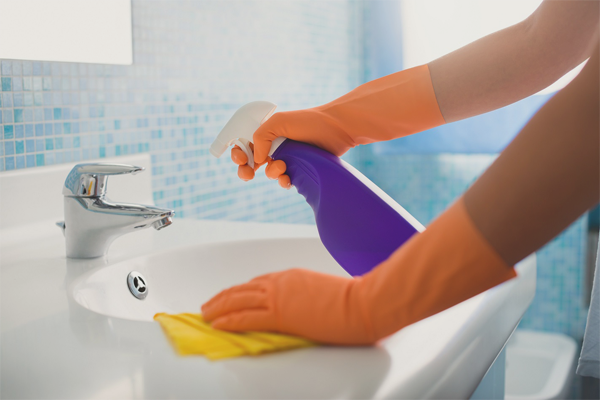
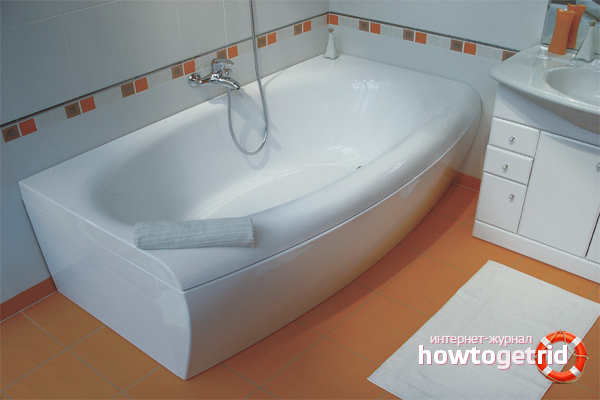
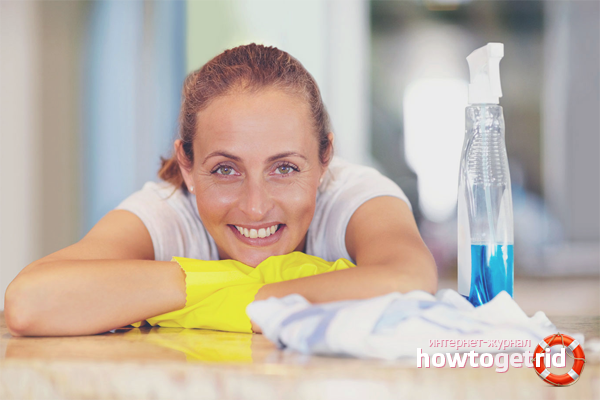


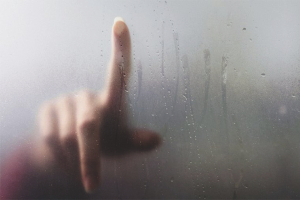
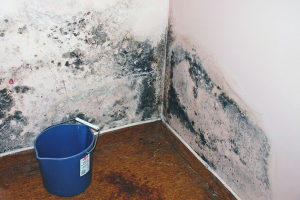
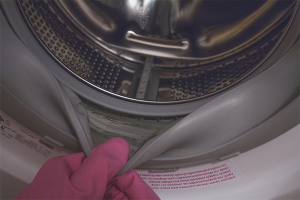


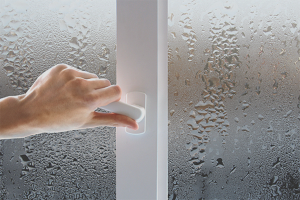
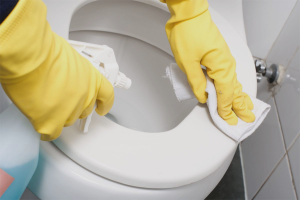
To send